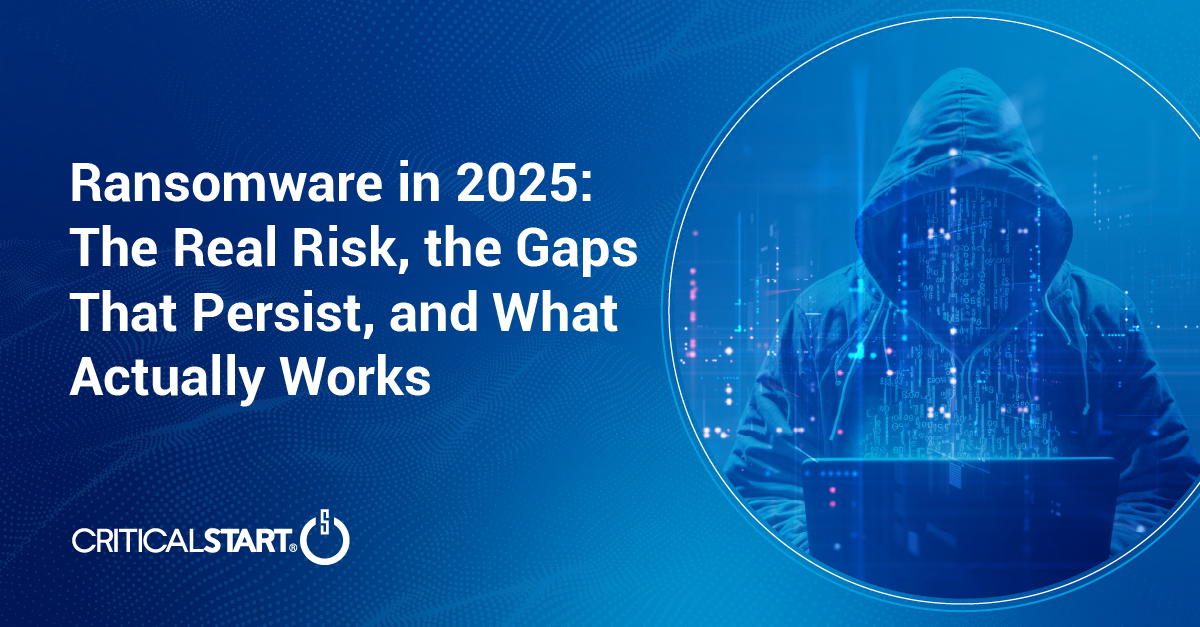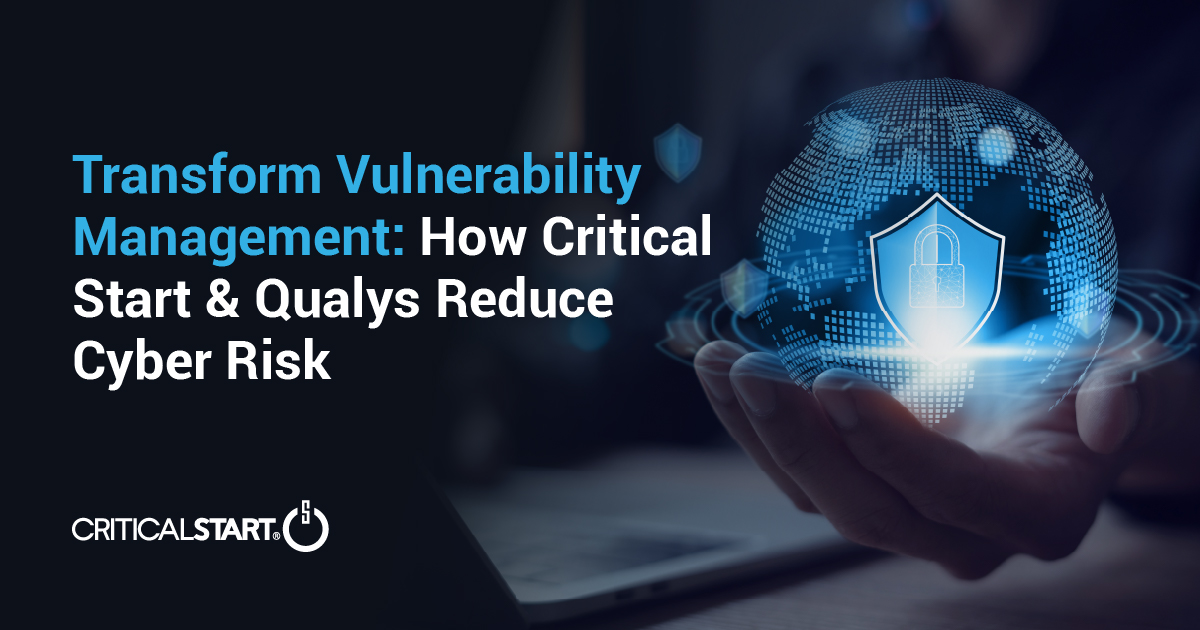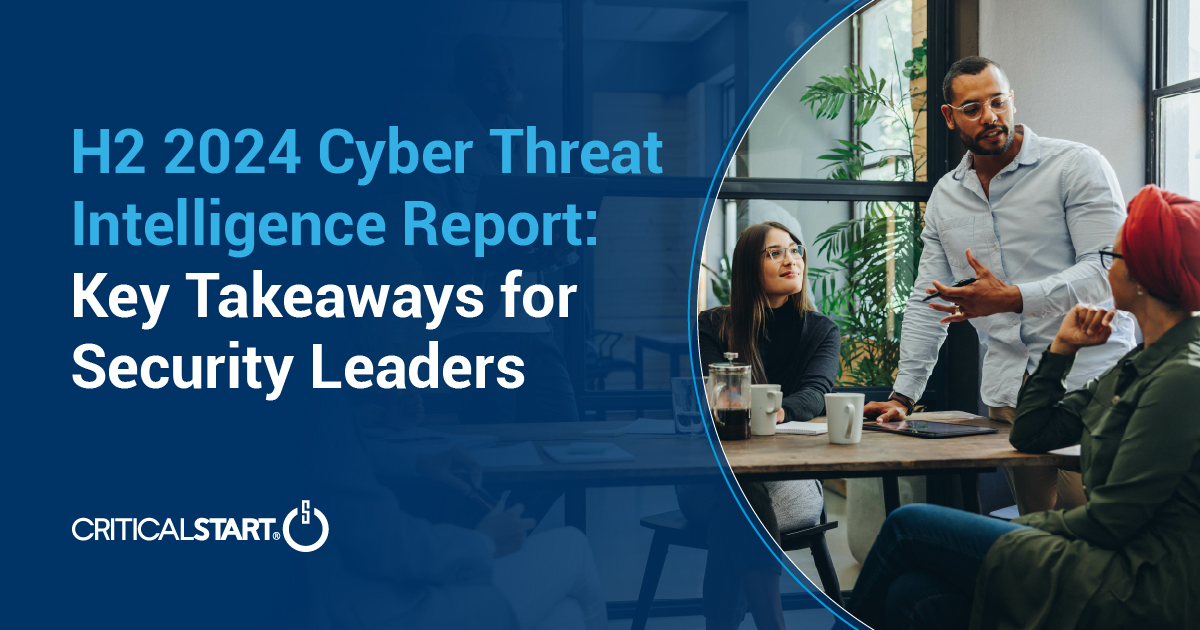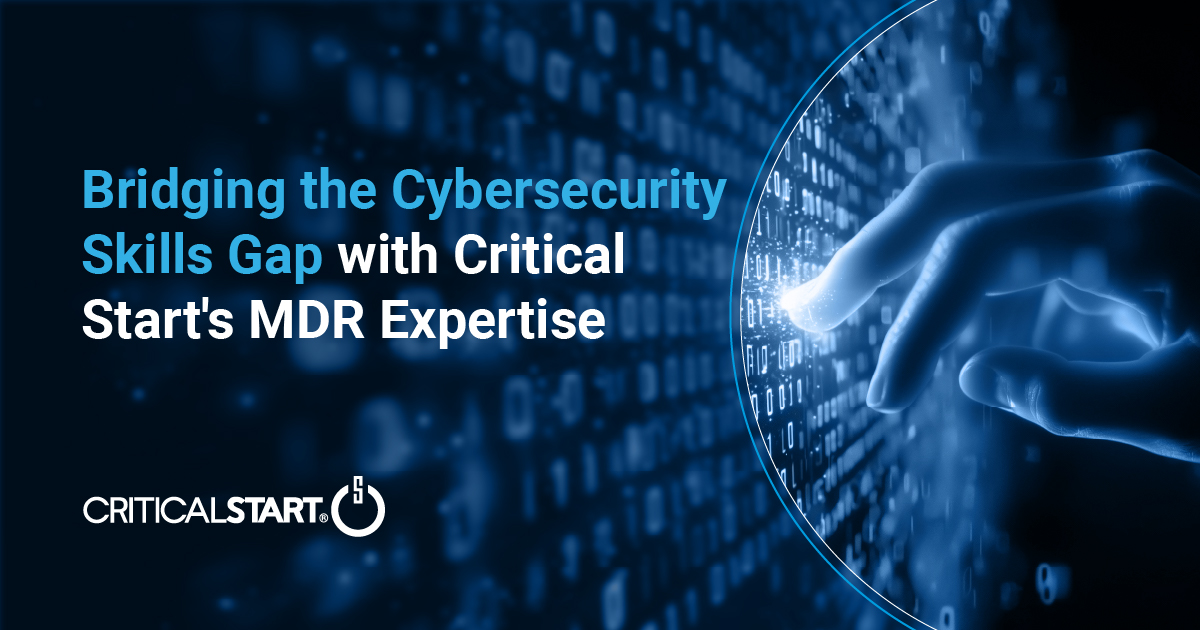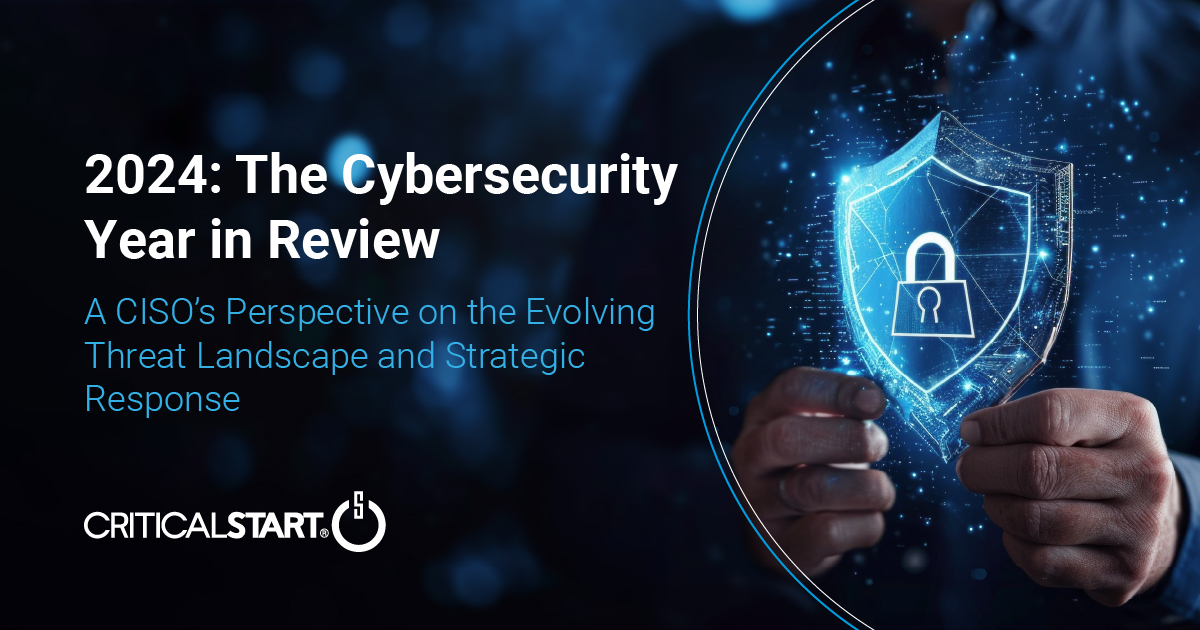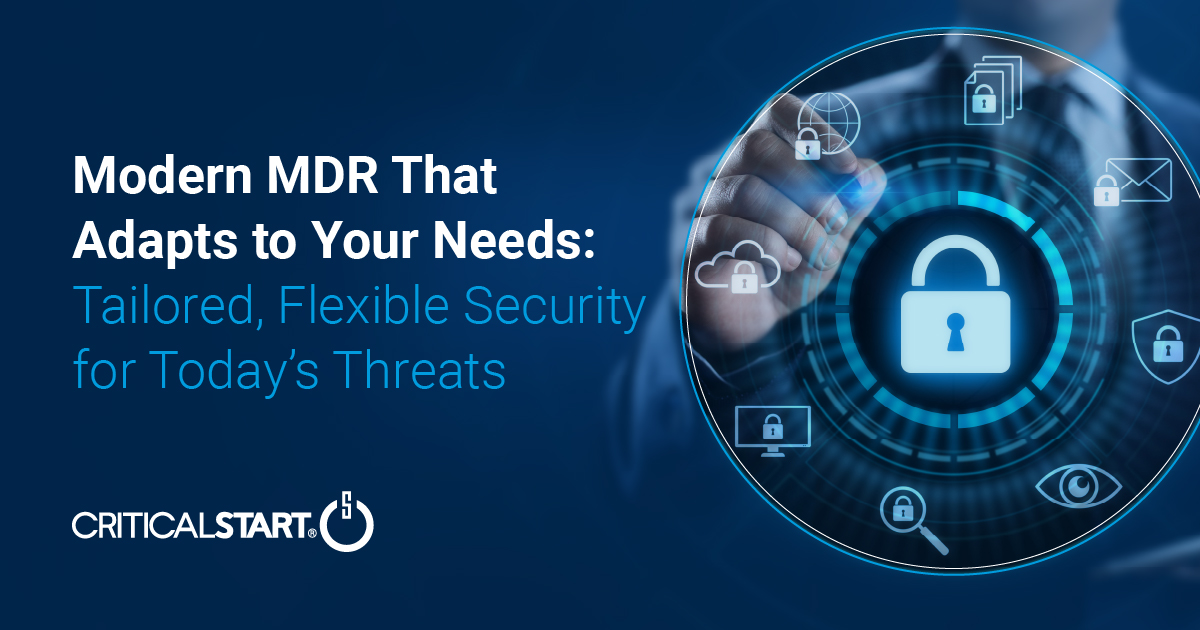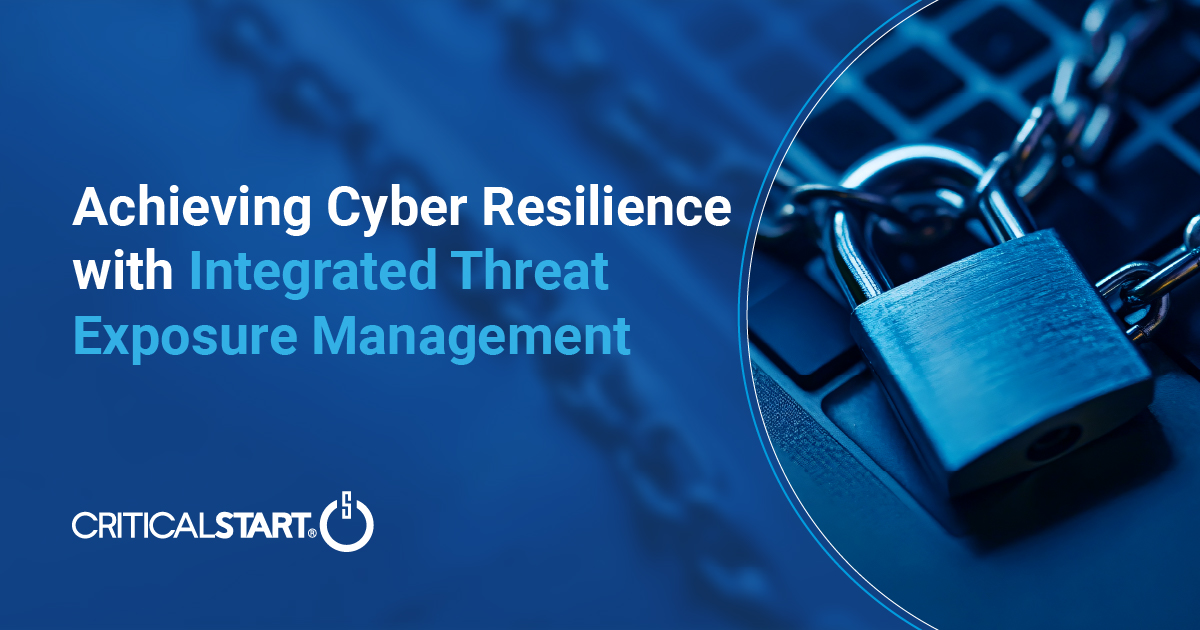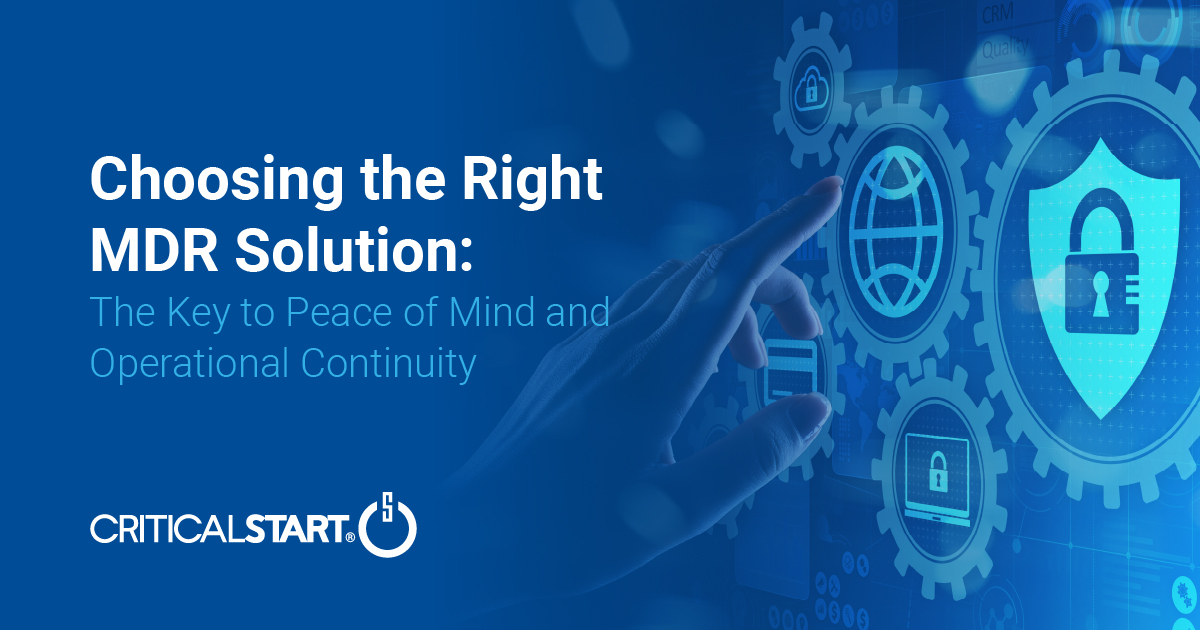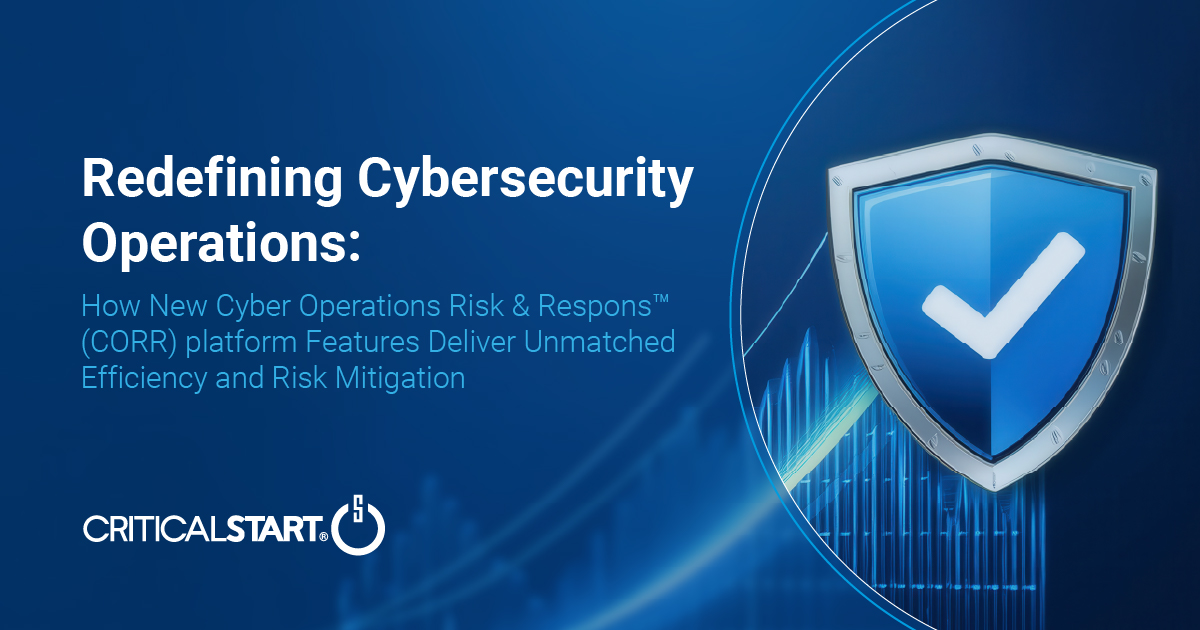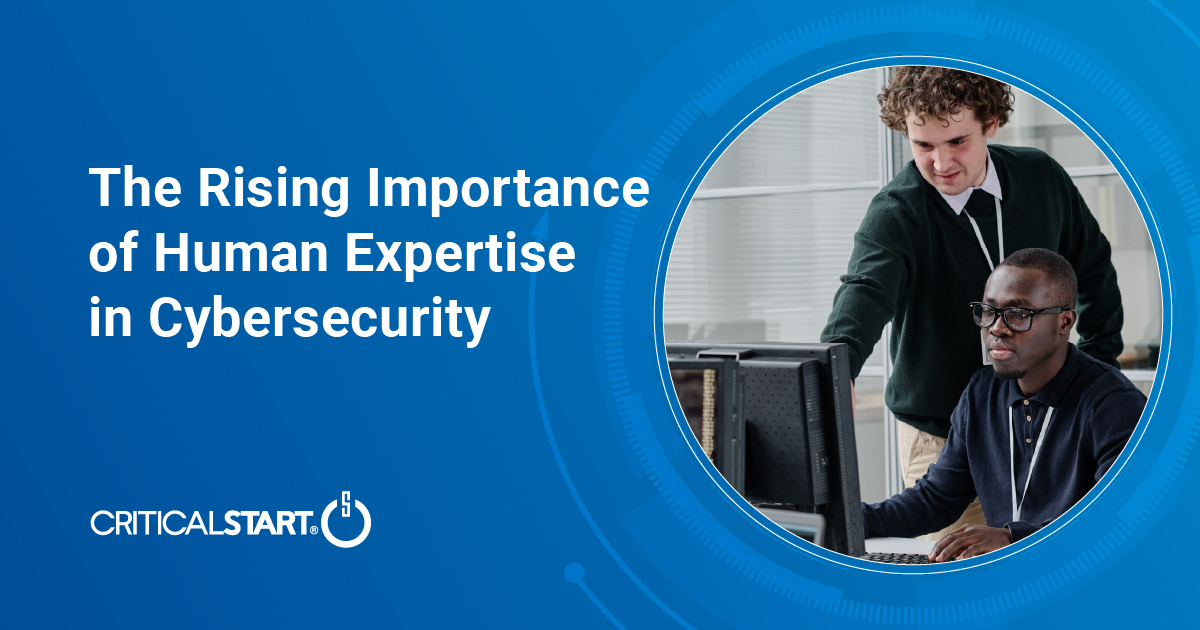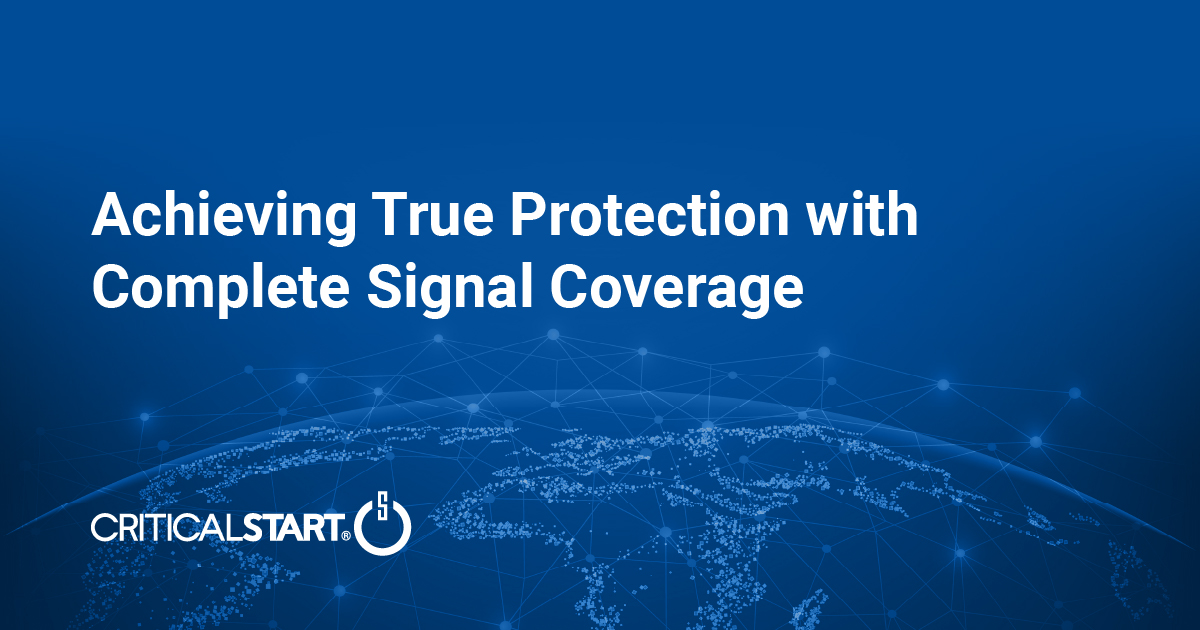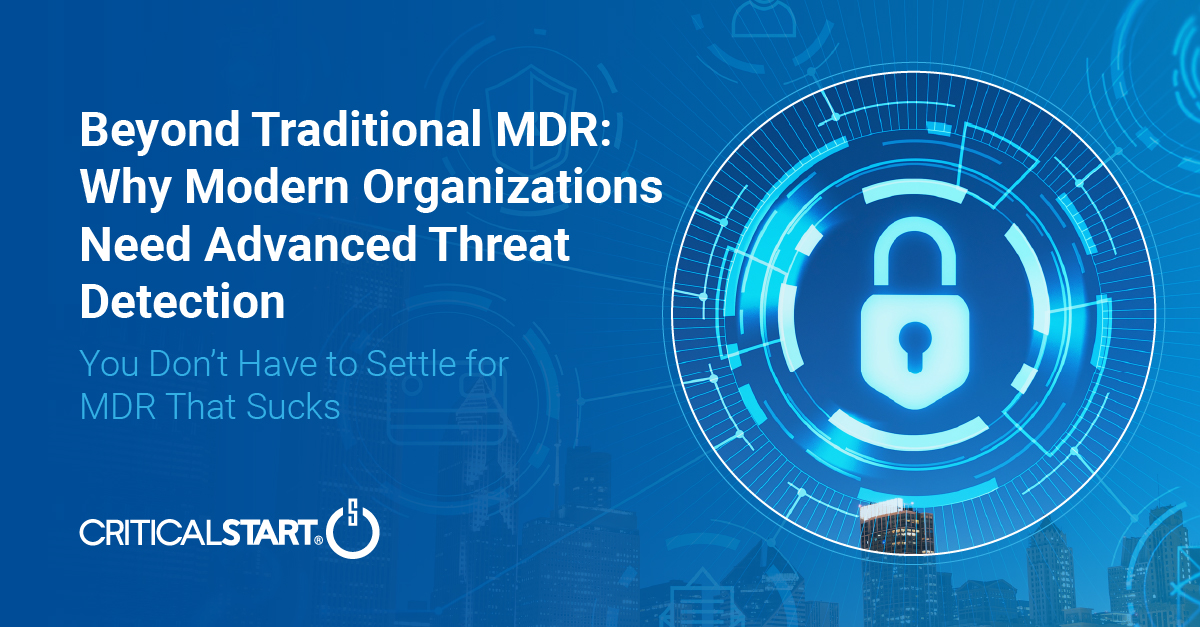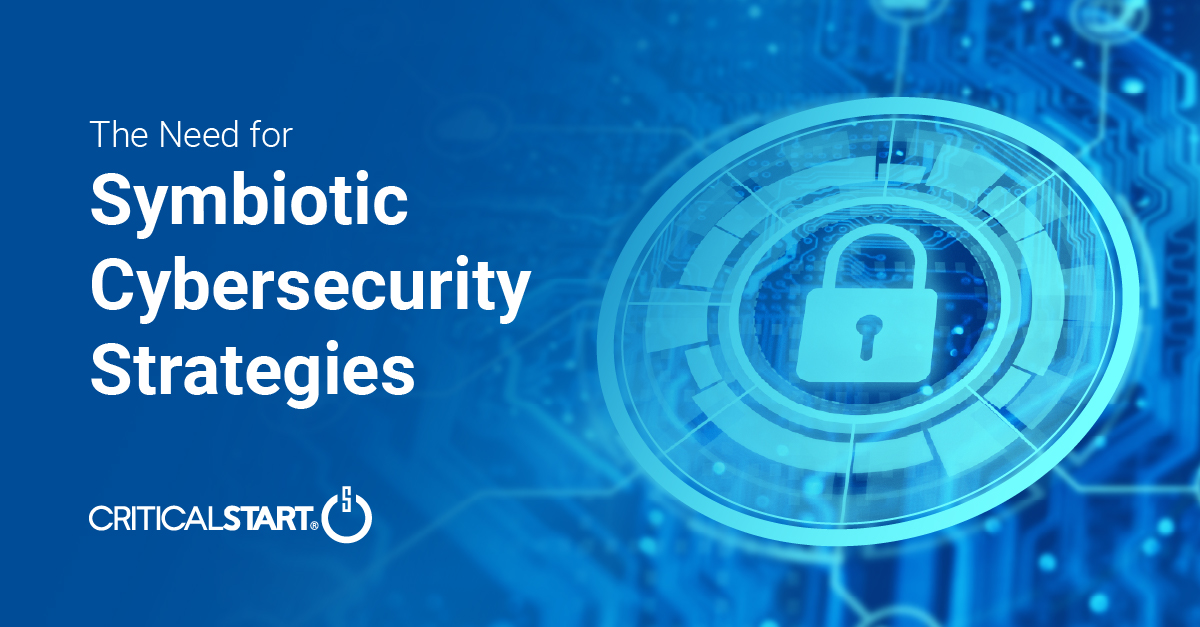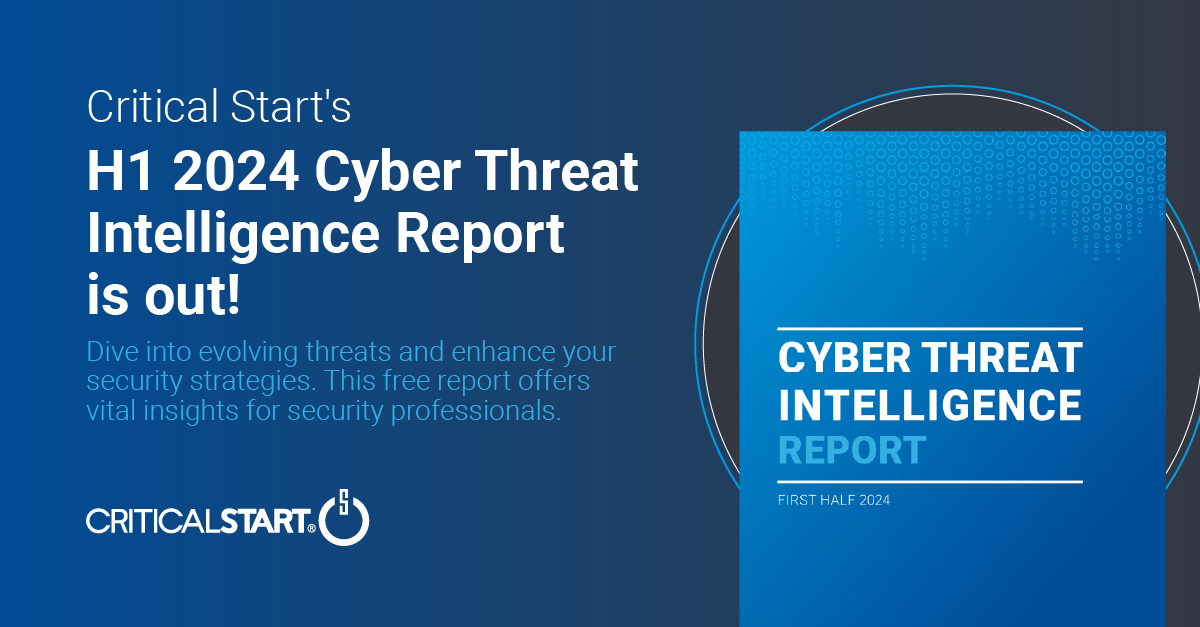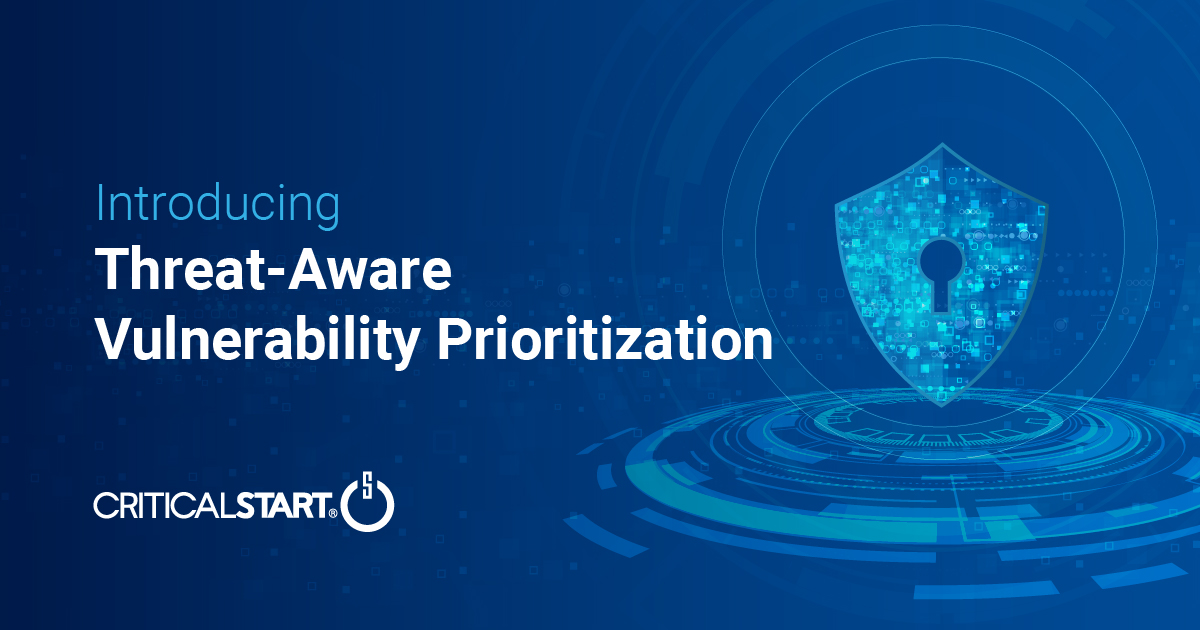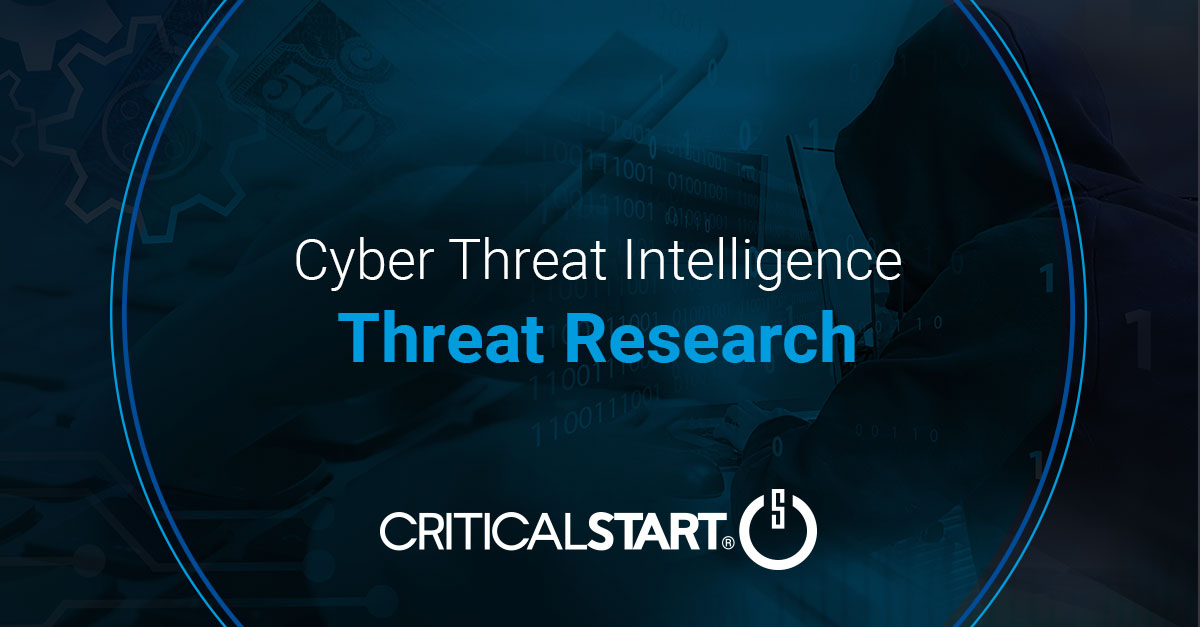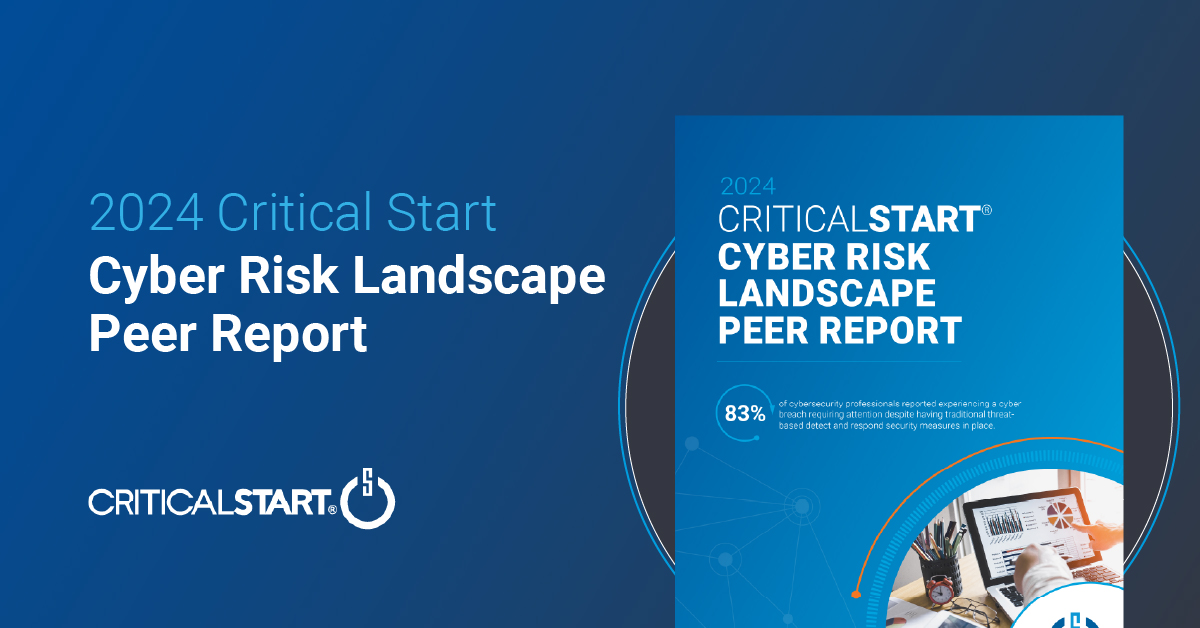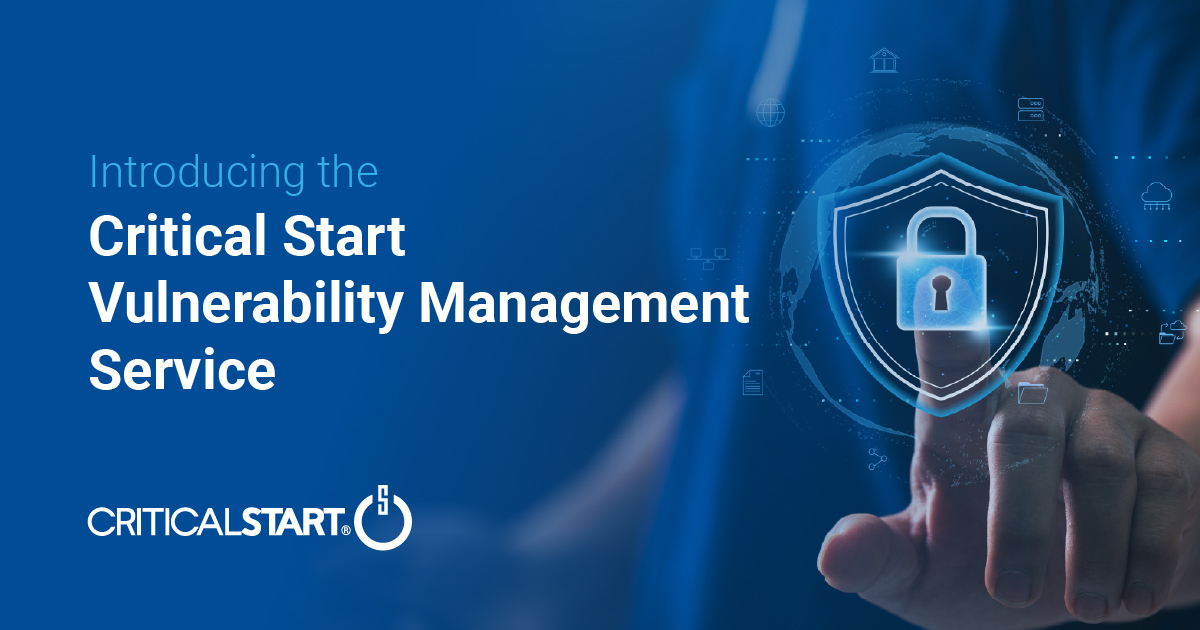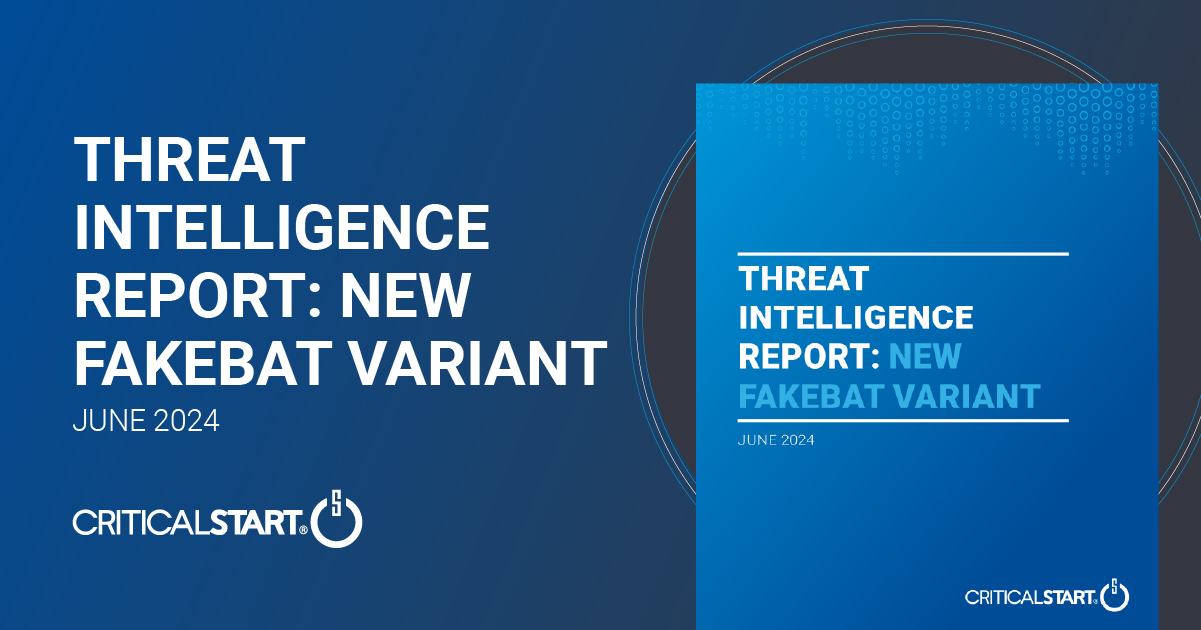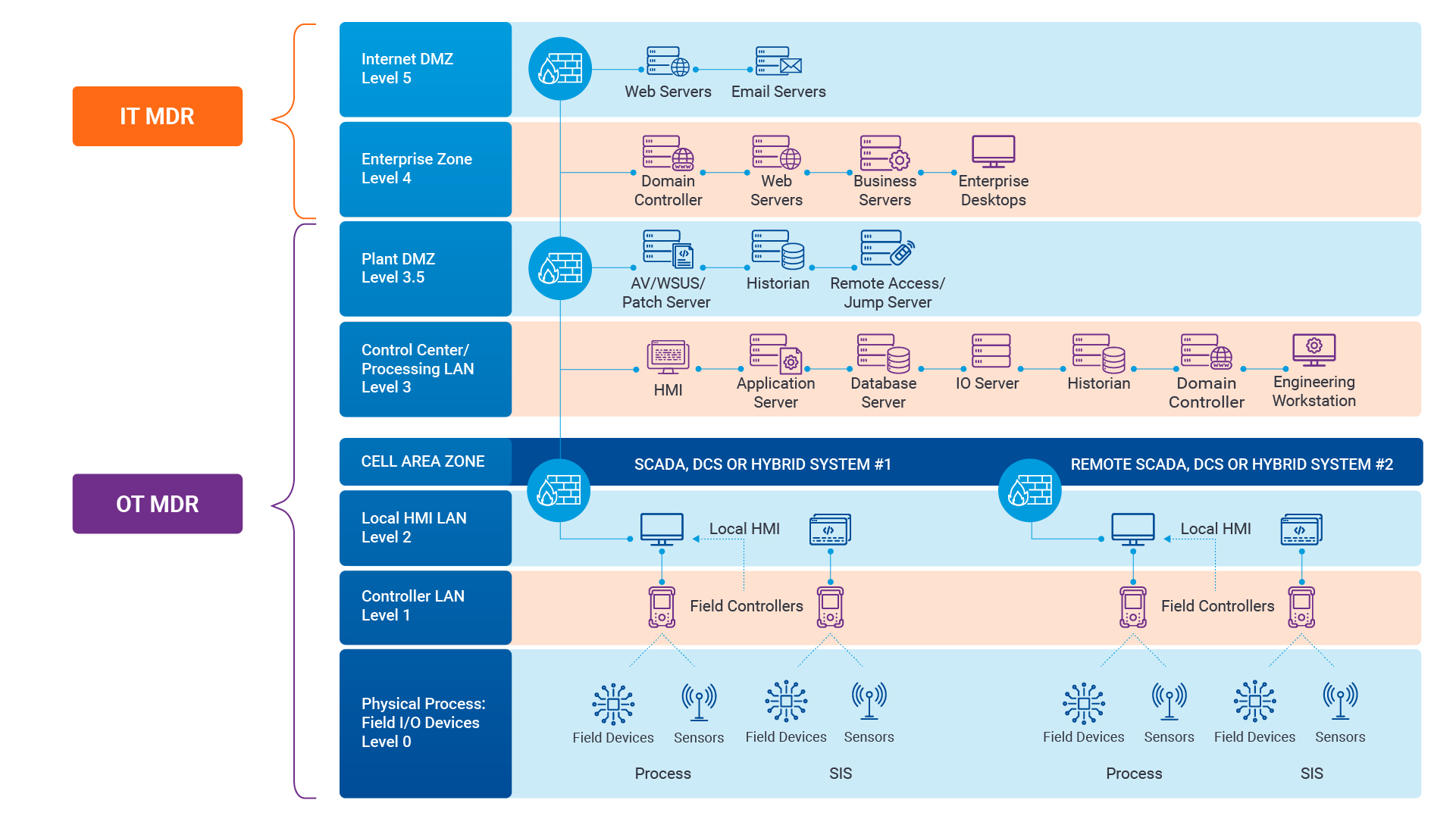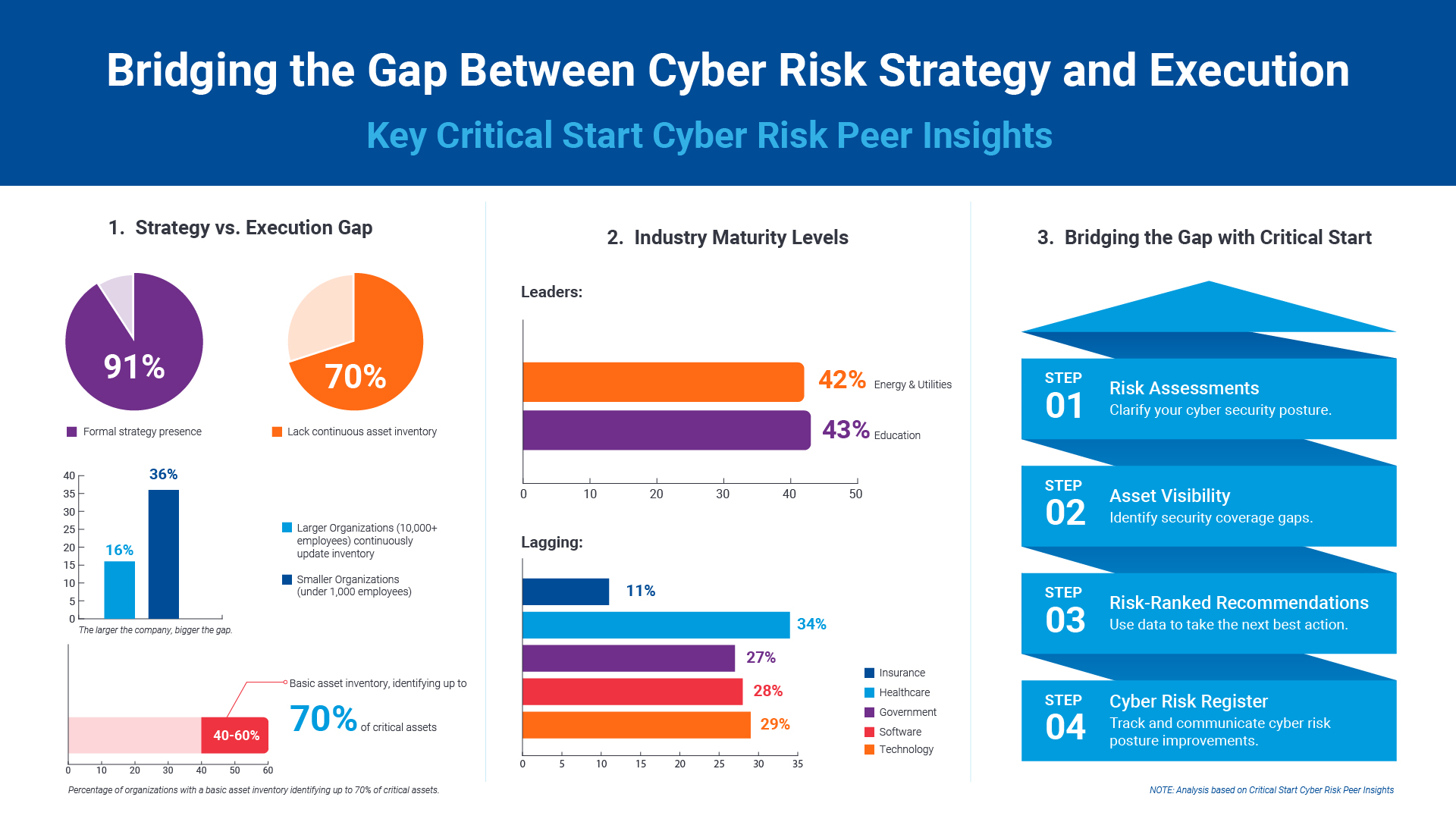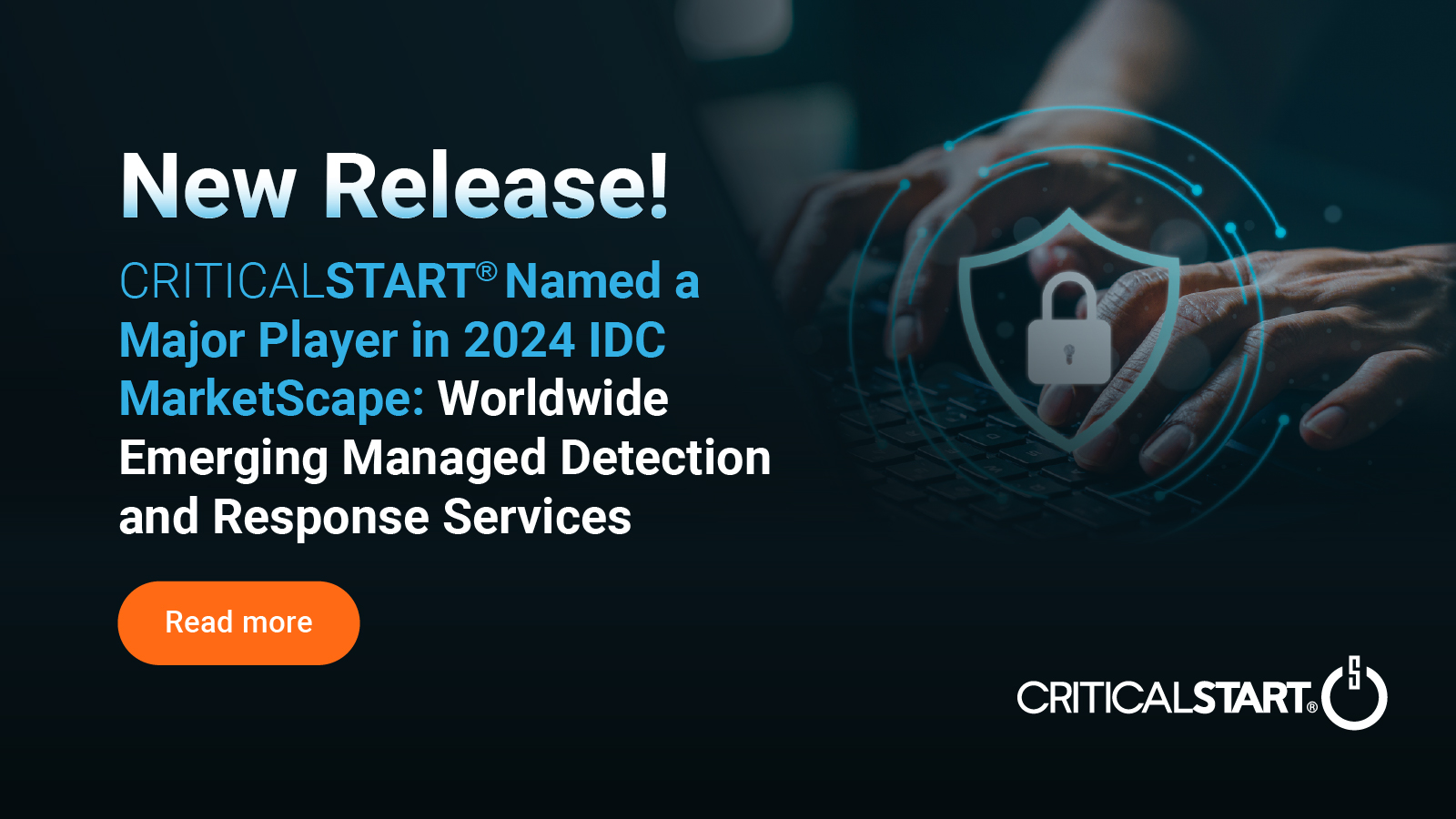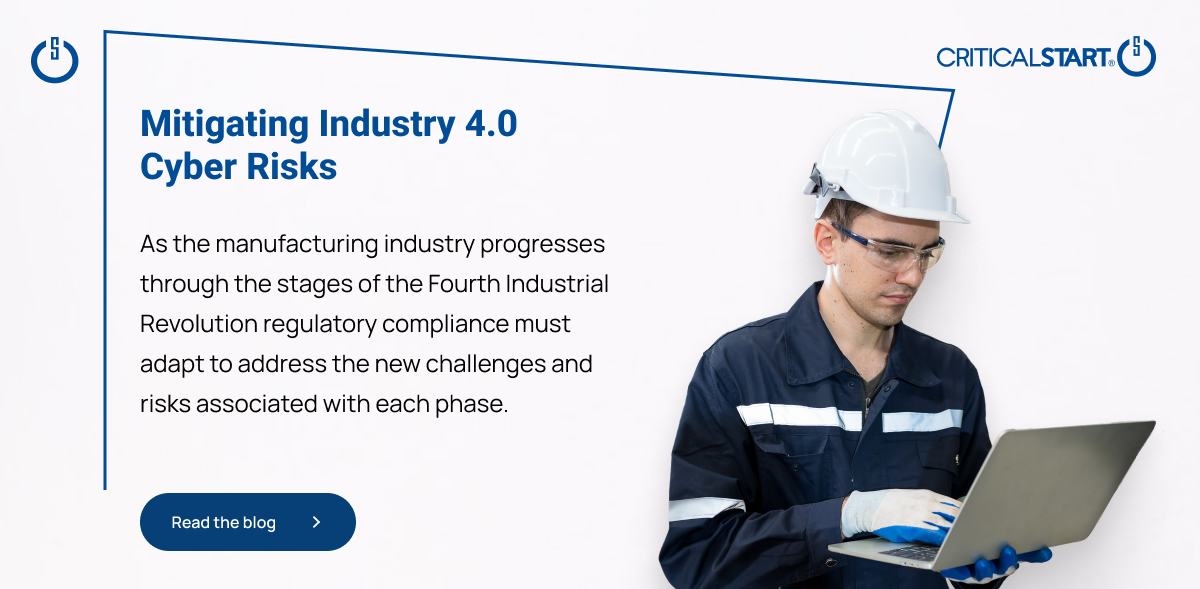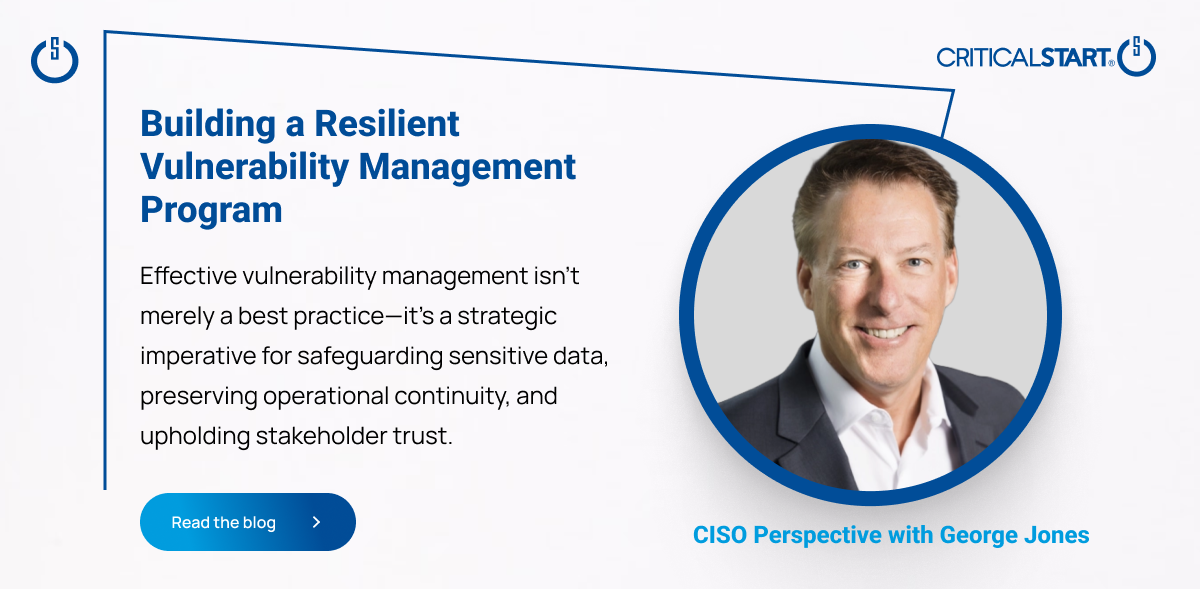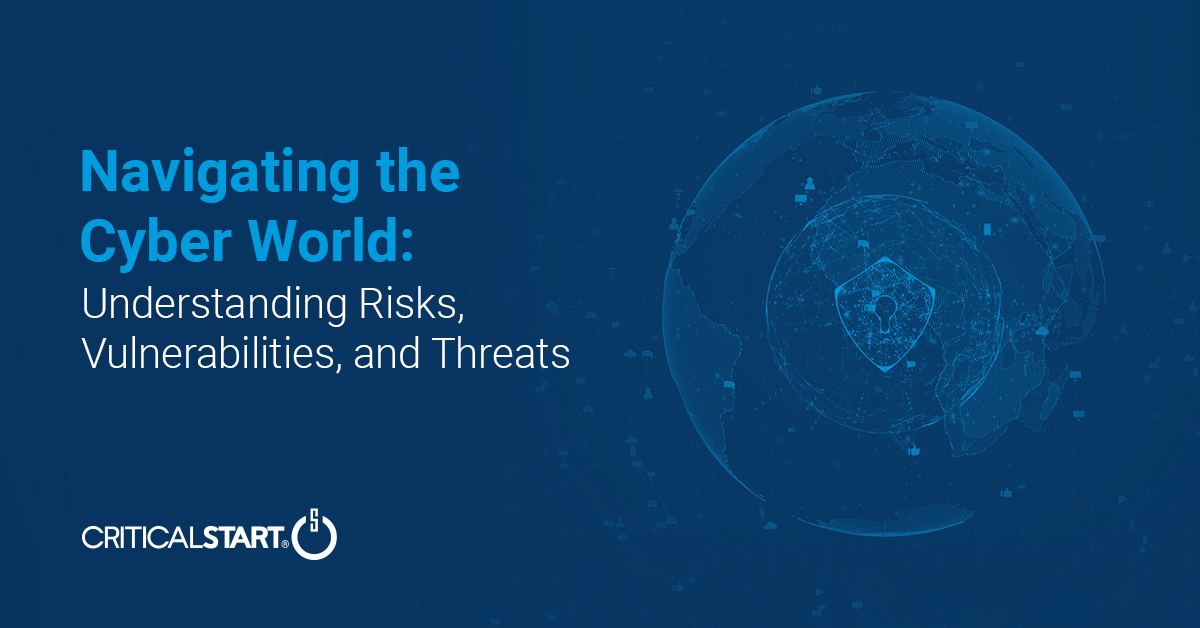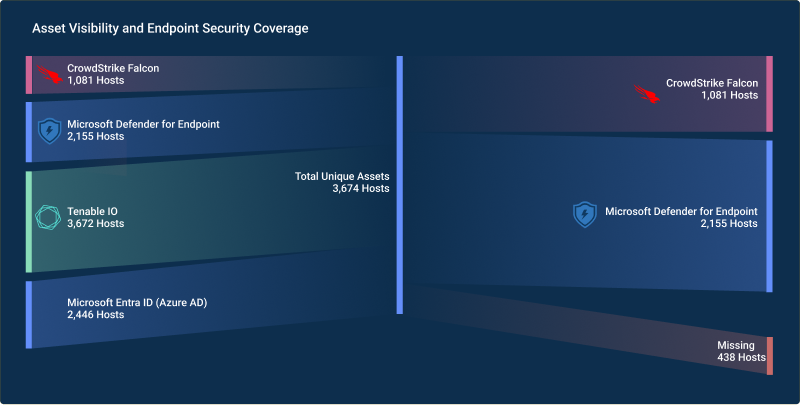Ransomware attacks and cybercriminal gangs continue to make headlines as they create the highest severity and most frequent losses for insurance carriers. Unlawful hackers take control of systems and try to force companies to pay huge amounts to unlock them.
Episode 6 of our SON OF A BREACH! podcast series takes a closer look at the growth of ransomware, the exorbitant payouts, and tips for understanding the complexities of cybersecurity insurance and getting the right coverage for your business.
Joining host and CRITICALSTART Chief Technology Officer Randy Watkins is insurance risk management expert Doug Jones, senior vice president and principal at RHSB Insurance.
Tune in to Episode 6 of SON OF A BREACH! below.
A third-generation insurance broker, Jones began developing his expertise in insurance risk management more than 30 years ago. Having focused on technology-oriented risk and cybersecurity insurance for more than 20 years, he says ransomware falls outside of traditional risk modeling.
“Bad actors are more sophisticated, so we’re seeing a big change in the market trying to absorb all these losses,” he says. “That’s changed the way (insurance underwriters) look at risk, and it’s largely driven by ransomware.”
Jones says ransomware has forced carriers to be much more discriminating and thorough in their underwriting process.
“That’s where we’re starting to see a change in underwriting,” he says. “There’s different applications required now that haven’t been done in the past. And some brokers are now offering additional things to try to help companies put them in a better light for pricing with insurance carriers.” Jones says these include vulnerability scans, security assessments, and penetration tests.
Because of the complexities of cybersecurity insurance, he says every carrier offers something different. “Be sure you’re dealing with someone who can help you navigate that landscape,” he advises. “Don’t just look at buying an off-the-shelf product.”
Q&A on Ransomware and Insurance with Doug Jones The following is an abbreviated Q&A based on Watkins’ conversations with Jones in Episode 6 of our SON OF A BREACH! podcast series. Be sure to tune in to the entire conversation.
Watkins: Cybersecurity insurance has really been gaining popularity over the last six years or so, as organizations look to exercise their options and transfer the risk. What are the underlying principles of cyber liability insurance?
Jones: A cyber liability policy is actually a combined policy that has both third-party liability and what we refer to as first-party coverage. The liability coverage is when a third party is making a demand against you. First-party coverages I like simply defining as additional expenses as the result of a cyber incident, and that can include notification, crisis management, PR, forensics, legal costs, extortion, business interruption, data restoration – all those additional expenses that you can incur as the result of a cyber incident.
Watkins: The number one threat facing a lot of organizations right now, or that they’re purchasing the liability or cybersecurity insurance for, is ransomware. Is ransomware, something that’s natively covered, or does it have to be stated in the policy as an additional add-on for ransomware?
Jones: It is not automatically included in the policy. Highest frequency and severity losses are with ransomware. It’s typically included in a policy, but not always. So when you see, oh, I’ve got ransomware, you also need to look at what’s the retention on that? Does it have a sub limit? Right now we’re seeing insurance carriers offer coinsurance on that. So your coverage may be more limited than what you think.
Watkins: If a company is already going through and either performing security assessments, or they’re considering these assessments in line with cybersecurity insurance, are those things that help lower the premium or help expediate the process of getting the cybersecurity insurance put in place?
Jones: Absolutely. Where that was many times overlooked in the past, especially for average risk, now they’re being required to look at that. Almost every carrier right now has a separate ransomware application, and they’re asking a lot more security questions around this. And some of the main things they’re looking at are multi-factor authentication. Backups are really important. You know, are they off site? Are you segmenting it? Are they encrypted? Employee training is being required? Endpoint detection and response is something really important that carriers are looking at. And remote desktop protocol is a big thing. If you don’t have a good answer to these questions, you’re being put in the bad group, so to speak, and you’re losing market leverage, because the majority of cyber insurance carriers will not even consider underwriting your risk.
Watkins: I know a lot of folks don’t know where to start in terms of, hey, we would like to get cybersecurity insurance coverage, or renewal is coming around and we want to shop it just like car insurance. So where can people start, and where can they learn more about the services provided by RHSB and yourself?
Jones: First of all, know that this is a complex insurance product where every single carrier offers something different. So be sure that you’re dealing with someone that can help you navigate that landscape. Don’t just look at buying an off-the shelf-product. We’re happy to help anyone and you feel free to reach out to me. My email address is [email protected]. People can reach out to me directly, I’m happy to help.
![]()
Ransomware in 2025: The Real Risk, the Gaps That Persist, and What Actually Works
Ransomware attacks aren’t slowing down. They’re getting smarter, faster, and more expensive. In ...![]()
Security Operations Leaders: The Chaos Is Real
If you’re a CISO, SOC leader, or InfoSec pro, you’ve felt it. Alert volumes spike. Tools multipl...![]()
Transform Vulnerability Management: How Critical Start & Qualys Reduce Cyber Risk
In a recent webinar co-hosted by Qualys and Critical Start, experts from both organizations discusse...![]()
H2 2024 Cyber Threat Intelligence Report: Key Takeaways for Security Leaders
In a recent Critical Start webinar, cyber threat intelligence experts shared key findings from the H...![]()
Bridging the Cybersecurity Skills Gap with Critical Start’s MDR Expertise
During a recent webinar hosted by CyberEdge, Steven Rosenthal, Director of Product Management at Cri...![]()
2024: The Cybersecurity Year in Review
A CISO’s Perspective on the Evolving Threat Landscape and Strategic Response Introduction 2024 has...![]()
Modern MDR That Adapts to Your Needs: Tailored, Flexible Security for Today’s Threats
Every organization faces unique challenges in today’s dynamic threat landscape. Whether you’re m...![]()
Achieving Cyber Resilience with Integrated Threat Exposure Management
Welcome to the third and final installment of our three-part series Driving Cyber Resilience with Hu...Why Remote Containment and Active Response Are Non-Negotiables in MDR
You Don’t Have to Settle for MDR That Sucks Welcome to the second installment of our three-part bl...![]()
Choosing the Right MDR Solution: The Key to Peace of Mind and Operational Continuity
Imagine this: an attacker breaches your network, and while traditional defenses scramble to catch up...![]()
Redefining Cybersecurity Operations: How New Cyber Operations Risk & Response™ (CORR) platform Features Deliver Unmatched Efficiency and Risk Mitigation
The latest Cyber Operations Risk & Response™ (CORR) platform release introduces groundbreaking...![]()
The Rising Importance of Human Expertise in Cybersecurity
Welcome to Part 1 of our three-part series, Driving Cyber Resilience with Human-Driven MDR: Insights...![]()
Achieving True Protection with Complete Signal Coverage
Cybersecurity professionals know all too well that visibility into potential threats is no longer a ...![]()
Beyond Traditional MDR: Why Modern Organizations Need Advanced Threat Detection
You Don’t Have to Settle for MDR That Sucks Frustrated with the conventional security measures pro...The Power of Human-Driven Cybersecurity: Why Automation Alone Isn’t Enough
Cyber threats are increasingly sophisticated, and bad actors are attacking organizations with greate...Importance of SOC Signal Assurance in MDR Solutions
In the dynamic and increasingly complex field of cybersecurity, ensuring the efficiency and effectiv...The Hidden Risks: Unmonitored Assets and Their Impact on MDR Effectiveness
In the realm of cybersecurity, the effectiveness of Managed Detection and Response (MDR) services hi...![]()
The Need for Symbiotic Cybersecurity Strategies | Part 2: Integrating Proactive Security Intelligence into MDR
In Part 1 of this series, The Need for Symbiotic Cybersecurity Strategies, we explored the critical ...Finding the Right Candidate for Digital Forensics and Incident Response: What to Ask and Why During an Interview
So, you’re looking to add a digital forensics and incident response (DFIR) expert to your team. Gr...![]()
The Need for Symbiotic Cybersecurity Strategies | Part I
Since the 1980s, Detect and Respond cybersecurity solutions have evolved in response to emerging cyb...![]()
Critical Start H1 2024 Cyber Threat Intelligence Report
Critical Start is thrilled to announce the release of the Critical Start H1 2024 Cyber Threat Intell...![]()
Now Available! Critical Start Vulnerability Prioritization – Your Answer to Preemptive Cyber Defense.
Organizations understand that effective vulnerability management is critical to reducing their cyber...![]()
Recruiter phishing leads to more_eggs infection
With additional investigative and analytical contributions by Kevin Olson, Principal Security Analys...![]()
2024 Critical Start Cyber Risk Landscape Peer Report Now Available
We are excited to announce the release of the 2024 Critical Start Cyber Risk Landscape Peer Report, ...Critical Start Managed XDR Webinar — Increase Threat Protection, Reduce Risk, and Optimize Operational Costs
Did you miss our recent webinar, Stop Drowning in Logs: How Tailored Log Management and Premier Thre...Pulling the Unified Audit Log
During a Business Email Compromise (BEC) investigation, one of the most valuable logs is the Unified...![]()
Set Your Organization Up for Risk Reduction with the Critical Start Vulnerability Management Service
With cyber threats and vulnerabilities constantly evolving, it’s essential that organizations take...![]()
Announcing the Latest Cyber Threat Intelligence Report: Unveiling the New FakeBat Variant
Critical Start announces the release of its latest Cyber Threat Intelligence Report, focusing on a f...Cyber Risk Registers, Risk Dashboards, and Risk Lifecycle Management for Improved Risk Reduction
Just one of the daunting tasks Chief Information Security Officers (CISOs) face is identifying, trac...![]()
Beyond SIEM: Elevate Your Threat Protection with a Seamless User Experience
Unraveling Cybersecurity Challenges In our recent webinar, Beyond SIEM: Elevating Threat Prote...![]()
Navigating the Convergence of IT and OT Security to Monitor and Prevent Cyberattacks in Industrial Environments
The blog Mitigating Industry 4.0 Cyber Risks discussed how the continual digitization of the manufac...![]()
Critical Start Cyber Risk Peer Insights – Strategy vs. Execution
Effective cyber risk management is more crucial than ever for organizations across all industries. C...![]() Press Release
Press ReleaseCritical Start Named a Major Player in IDC MarketScape for Emerging Managed Detection and Response Services 2024
Critical Start is proud to be recognized as a Major Player in the IDC MarketScape: Worldwide Emergin...Introducing Free Quick Start Cyber Risk Assessments with Peer Benchmark Data
We asked industry leaders to name some of their biggest struggles around cyber risk, and they answer...Efficient Incident Response: Extracting and Analyzing Veeam .vbk Files for Forensic Analysis
Introduction Incident response requires a forensic analysis of available evidence from hosts and oth...![]()
Mitigating Industry 4.0 Cyber Risks
As the manufacturing industry progresses through the stages of the Fourth Industrial Revolution, fro...![]()
CISO Perspective with George Jones: Building a Resilient Vulnerability Management Program
In the evolving landscape of cybersecurity, the significance of vulnerability management cannot be o...![]()
Navigating the Cyber World: Understanding Risks, Vulnerabilities, and Threats
Cyber risks, cyber threats, and cyber vulnerabilities are closely related concepts, but each plays a...The Next Evolution in Cybersecurity — Combining Proactive and Reactive Controls for Superior Risk Management
Evolve Your Cybersecurity Program to a balanced approach that prioritizes both Reactive and Proactiv...![]()
CISO Perspective with George Jones: The Top 10 Metrics for Evaluating Asset Visibility Programs
Organizations face a multitude of threats ranging from sophisticated cyberattacks to regulatory comp...![]() Datasheet
DatasheetCRITICALSTART® Advisory SOC Analyst (ASA)
Discover how Critical Start’s Advisory SOC Analyst (ASA) service adds personalized expertise to yo...![]() Datasheet
DatasheetMDR Use Cases
Discover how Critical Start MDR delivers rapid, SLA-backed threat detection and response across your...- Webinar
Are Critical Threats Slipping Through Your Defenses?
Modern security teams are buried in noisy alerts and stretched thin. Even with powerful tools like M...
Newsletter Signup
Stay up-to-date on the latest resources and news from CRITICALSTART.
Thanks for signing up!
